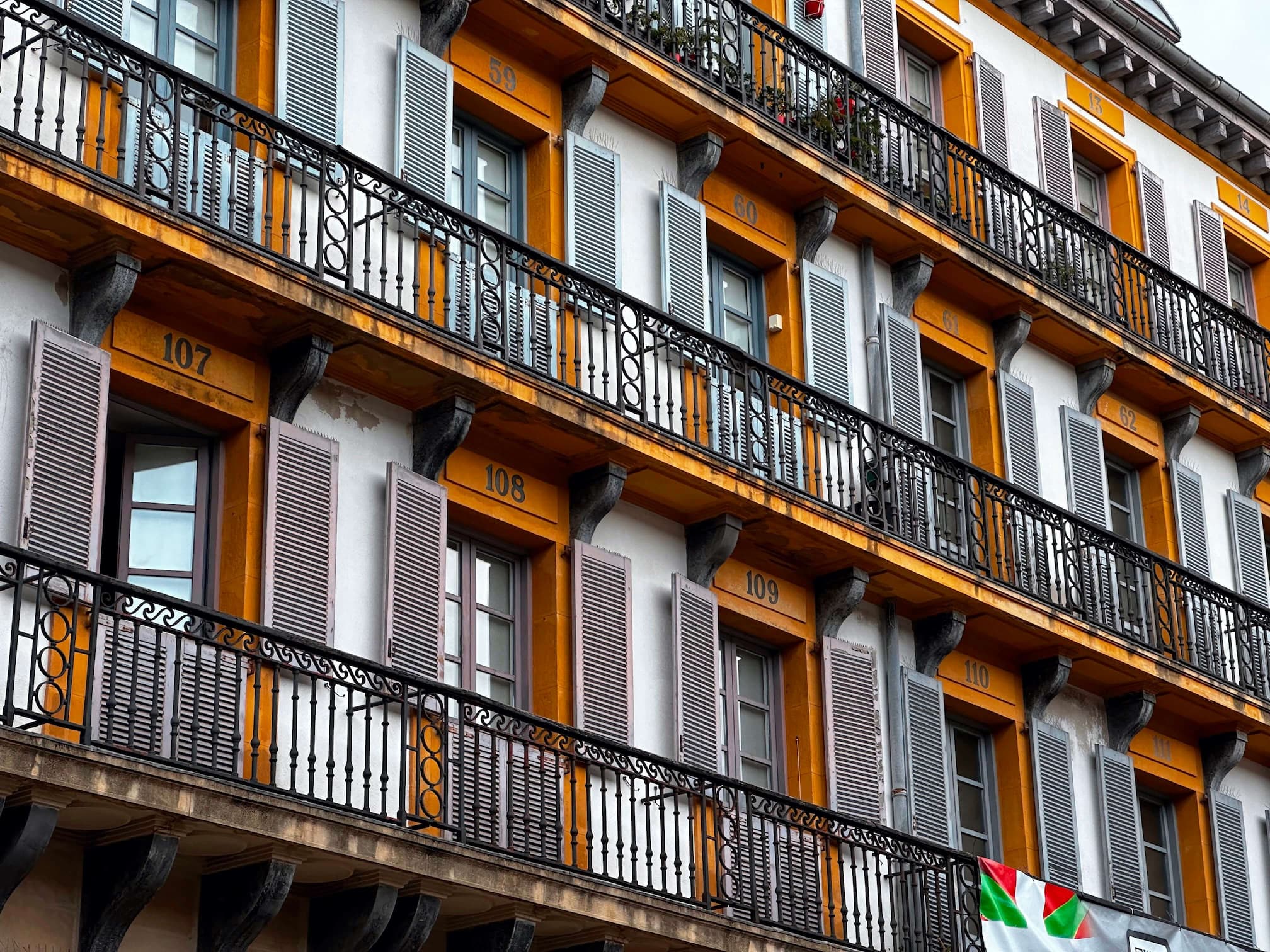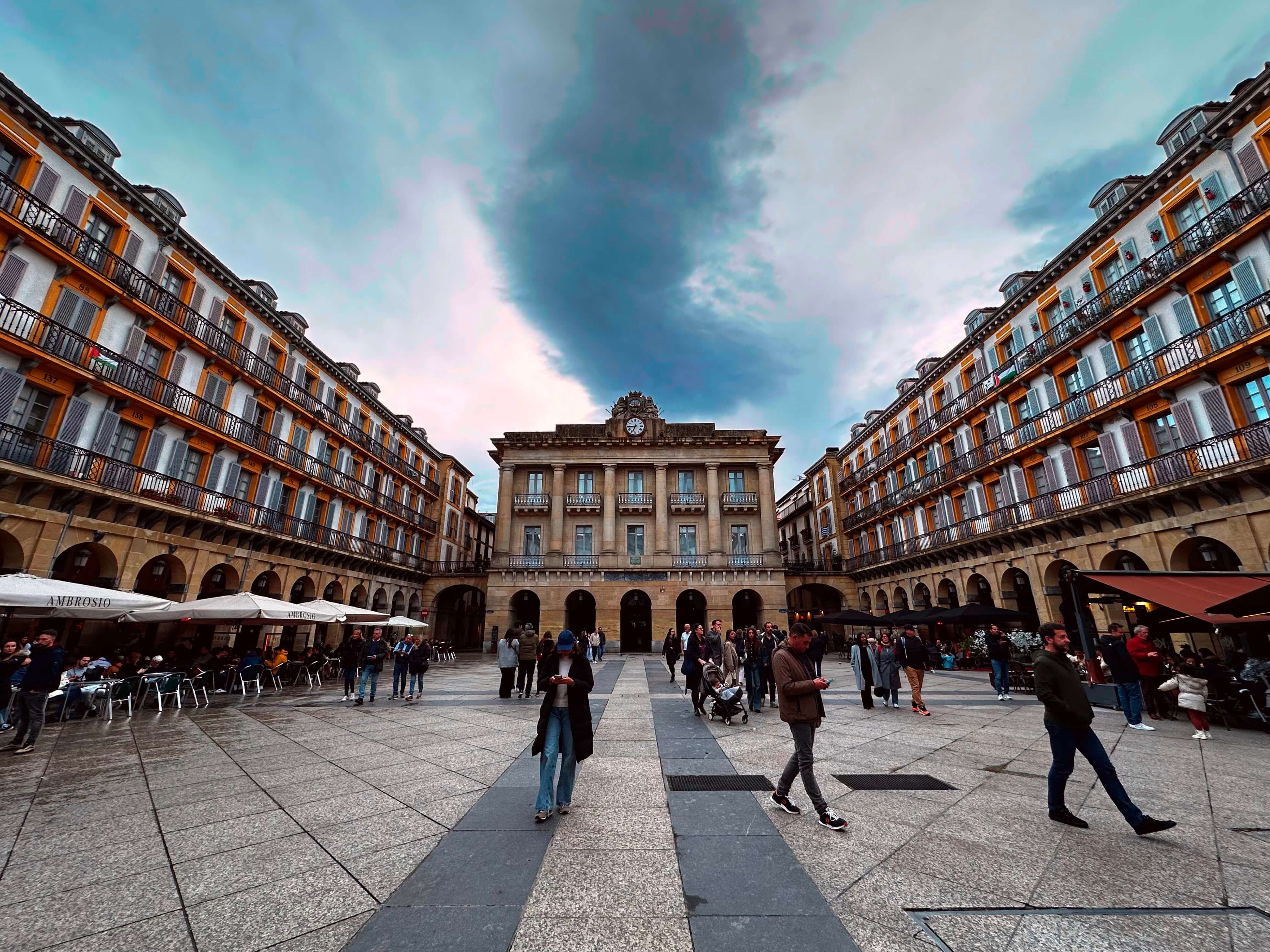
The Enigmatic Numbered Balconies of Plaza de la Constitución
Delving into the historical intricacies of San Sebastián Plaza Berria
Foundation and Architectural Mastery
The Origins and Design of Plaza de la Constitución

Established on the remnants of an 1813 fire, the plaza was conceived by architect Pedro de Ugartemendia, whose vision was rooted in neoclassical design, featuring harmoniously uniform facades and arcades—a hallmark of traditional Spanish squares designed for communal gatherings and commercial exchanges.
The structural integrity and aesthetic of the plaza were meticulously planned to facilitate not only everyday social interactions but also to accommodate large public events and celebrations, securing its place as a central community hub.
The Era of Bullfighting: Spectacle and Tradition
Understanding the Historical Role of the Numbered Balconies

In its golden age as a bullfighting ring, each balcony number at Plaza de la Constitución had a practical function—designating seating for spectators who flocked to witness the revered and traditional bullfights, a central aspect of local culture and entertainment.
This custom was prevalent until the mid-20th century, when societal shifts led to the cessation of bullfighting, transforming the plaza into a venue for civic and cultural activities, rather than sport.
Cultural Metamorphosis: A Renaissance of Public Space
The Plaza’s Transition from Arena to Cultural Heart
.jpg)
Following the discontinuation of bullfighting, the plaza underwent a significant cultural transformation. It became the central stage for San Sebastián’s most cherished celebrations, including the iconic Tamborrada drum parade and the vibrant Santo Tomás fair.
These events not only serve as a display of the plaza’s historical layers but also as a testament to its enduring role as a symbol of community and civic pride.
Contemporary Relevance: Gastronomy and Social Congregation
The Plaza Today—A Culinary and Social Junction
.jpg)
Presently, Plaza de la Constitución thrives as a lively hub within the Old Town, surrounded by some of the finest pintxos bars and artisan shops, offering a rich taste of Basque culinary excellence and a vibrant venue for community gatherings.
It remains a beloved locale where both residents and visitors can enjoy the ambient blend of historical grandeur and modern-day vivacity, making it an essential cultural artery of San Sebastián.
